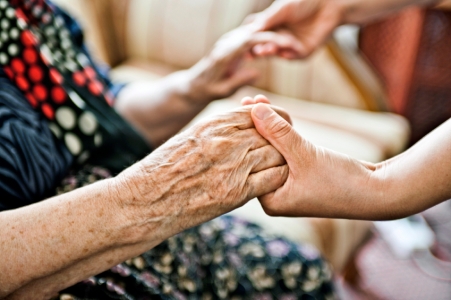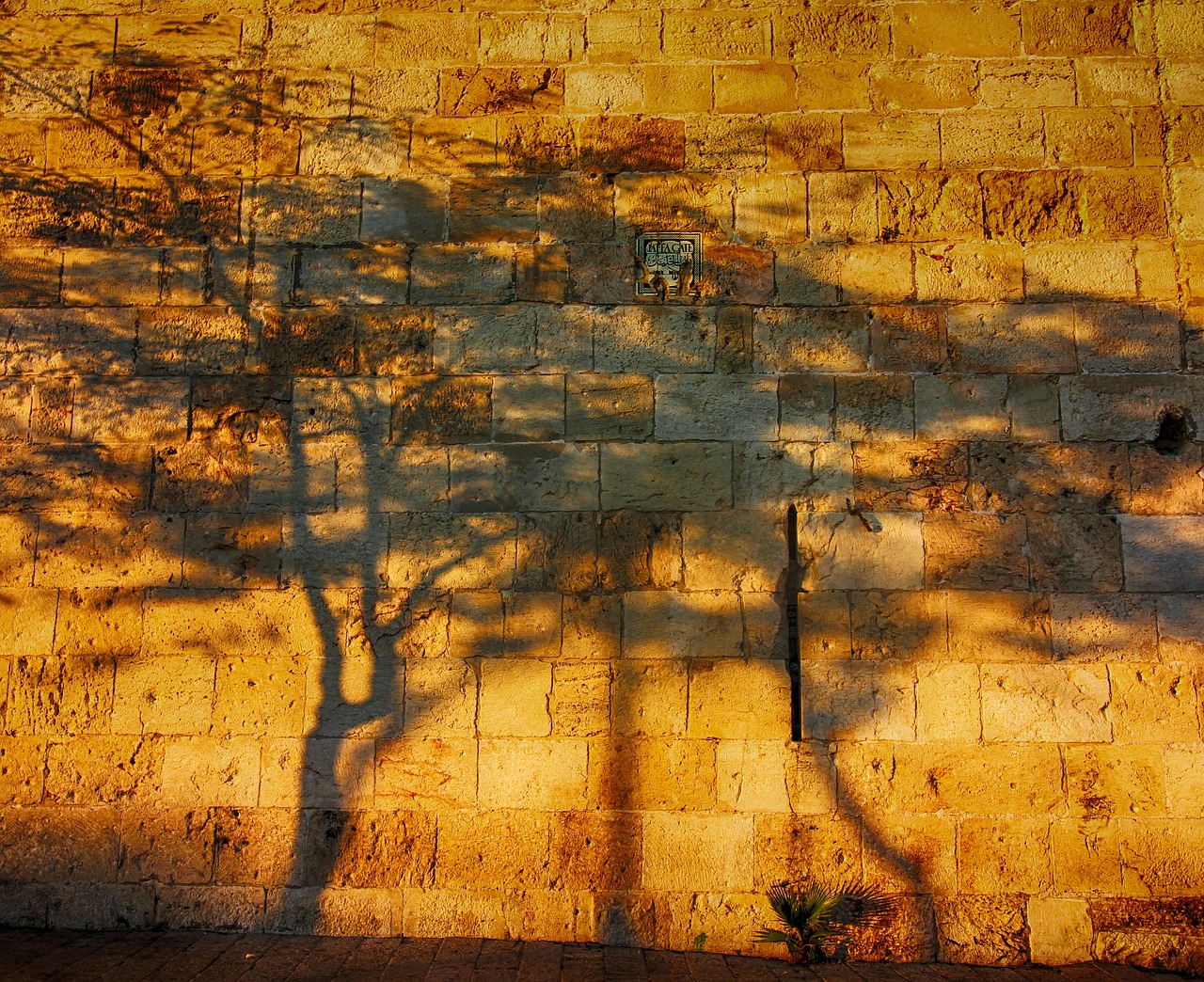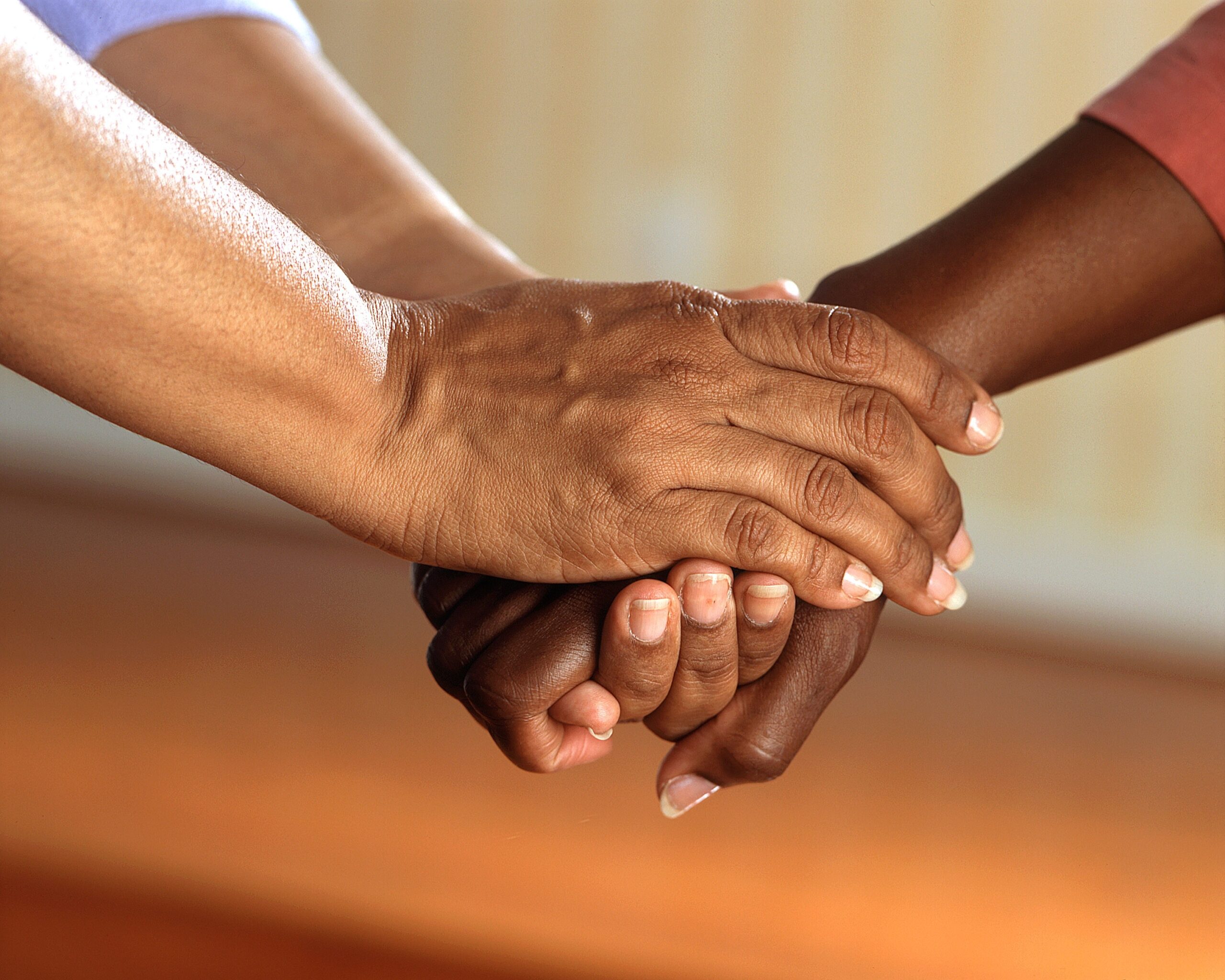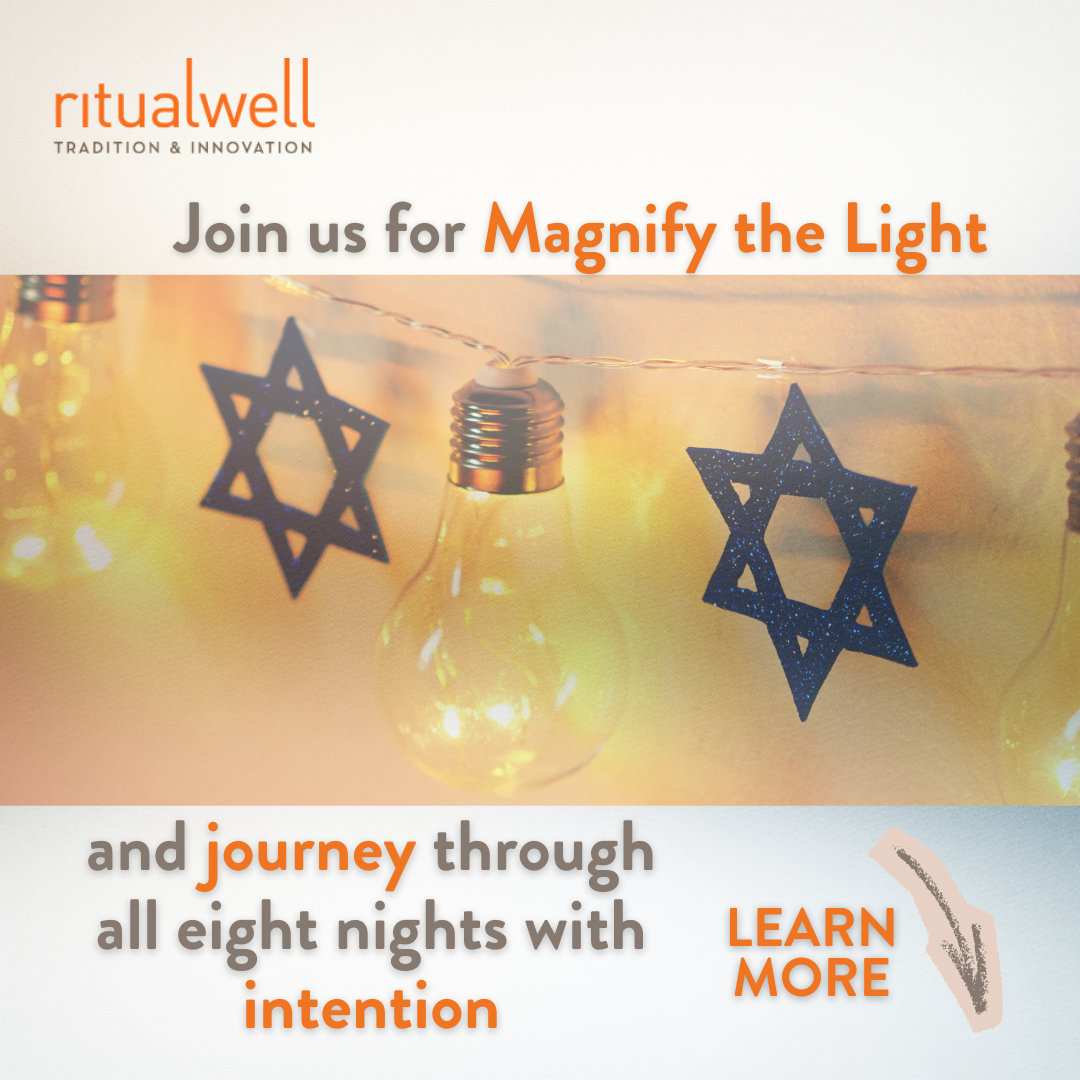In the Jewish tradition, saving a life is the most important mitzvah.[1] When medically indicated, during accidents and in some illnesses, receiving blood transfusions can be lifesaving. Securing supplies of blood is something that communities must prepare for, and supplies must be maintained to fill anticipated needs. For blood transfusions to occur, blood donations must occur. This is a very simple way to save lives. During 2010 in Brooklyn, New York, the Jewish community conducted 45 blood drives.[2] The same article that reported this indicated that Jews donate blood at a rate 5 times more than the national average.
It is a very high level of Tzedakah[3] to give blood: A person generally donates blood without being directly asked, the blood is provided to an anonymous recipient and the recipient doesn’t know who it came from. Blood donors at the World Health Organization website stress that donating blood is “the most precious gift.” Safe blood saves life and improves the health of women who hemorrhage and children and others with anemia. People affected by trauma after disasters and accidents are saved by donor blood, as well as those who require complex medical and surgical procedures, and cancer patients. Individuals with Thalassemia, sickle cell disease and clotting disorders all depend on donor blood. World Blood Donation Day occurs every year on June 14.
Although we do not live in a time when blood letting is a common therapeutic modality,[4] the Babylonian Talmud, Tractate Shabbat 129b, does provide some guidelines regarding care of the person who has been “bled.” “Rav and Samuel both say: One who is bled should tarry awhile and then rise”; also, “When one is bled, drinking is permissible immediately; and eating to wait the amount of time it takes to walk a half-mile.” In keeping with this advice, it seems that it would be useful to have a modern ritual for both donating and receiving blood. Both are as common today as bloodletting was at the time of the writing of Tractate Shabbat.
To prepare for the ritual in either situation, one should focus on the necessity and role of our blood in both health and disease.
For those donating blood
A meditation on the way to the hospital or donation center can be a nice way to frame the beginning of the experience.
May the blood that I am about to donate,
Help those who are in need,
To fight disease,
Provide nourishment,
And carry oxygen to their vital organs,
to sustain life and prevent death.
Another meditation:
My love of G-d and humanity
Brings me today
To help preserve the welfare of my Community.
I am but a human being
Who is healthy and able to help others
By offering the gift of my blood.
Let the recipient only know
That I am a friend,
Although not visible and nameless,
That I cared enough
To provide them with this gift
In the hope that their life need is met[5]
During the donation process, use care to maintain a sense of calm, center one’s self and maybe listen to soothing melodies without words. At the completion of the donation, rest for a while, drink a beverage and enjoy a snack. Conclude the ritual with this modification of Birkat Hagomel:
Source of Blessing,
You reward the undeserving with goodness,
And You have rewarded me with goodness.
May my simple act of giving blood
Sustain those in need.
For those receiving blood
Listening to someone reading Psalms that are thought to have strong healing power can be comforting during the transfusion. They are Psalms: 16, 32, 41, 42, 59, 77, 90, 105, 137, and 150. Alternatively, listening to soothing music or melodies without words can be comforting as well. Concluding the ritual, I offer this second modification of Birkat Hagomel:
Source of blessing,
You reward the undeserving with goodness,
and are rewarding me with the life affirming power of this blood.
I am grateful to you
and to the one who donated it,
without knowing me
or how great was my need.
[1] Sanhedrin 74a.
[2] Lebovitz, R’ Aryeh. “Blood donations according to Halacha.” Torahmusings.com, accessed Nov. 18, 2018.
[3] Maimonides’ eight levels of tzedakah.
[4] Therapeutic phlebotomy is performed for rare blood diseases such Polycythemia even in the Modern Era.
[5] Based loosely on the writings and reflections of Maimonides written to guide physicians in daily practice.














